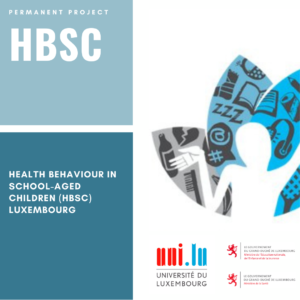BACKGROUND
Suicide is the second leading cause of death in adolescents. Screening for persons at risk usually includes asking about suicidal ideation, which is considered inappropriate in some societies and situations. To avoid directly addressing suicide, this paper investigates whether the Health Behaviour in School-aged Children Symptom Checklist (HBSC-SCL), a validated non-clinical measure of eight subjective health complaints (e.g. headache, feeling low), could be used as a tool for screening suicidal ideation and behavior in adolescents.
METHODS
5262 secondary school students aged 12-18 answered the Luxembourgish HBSC 2014 survey, including the HBSC-SCL items and suicidal ideation and behavior questions.
RESULTS
Each HBSC-SCL item correlates with suicidal ideation and behavior. A sum score was calculated ranging from zero to eight health complaints to predict respondents who considered suicide (area under the ROC curve = 0.770). The ideal cut-off for screening students who consider suicide is three or more health complaints: sensitivity is 66.3%, specificity is 75.9% and positive predictive value is 32.9%.
LIMITATIONS
One limitation is HBSC-SCL’s low positive predictive value. This is a general problem of screening rare events: the lower the prevalence, the lower the positive predictive value. Sensitivity and specificity could be improved by taking age-, gender- and country-specific cut-off values, but such refinements would make the score calculation more complicated.
CONCLUSIONS
The HBSC-SCL is short, easy to use, with satisfactory screening properties. The checklist can be used when suicide cannot be addressed directly, and also in a more general context, e.g. by school nurses when screening adolescents.
Suicide prevention: Using the number of health complaints as an indirect alternative for screening suicidal adolescents
Suggested Citation
Heinz, A., Catunda, C., van Duin, C. & Willems, H. (2020). Suicide prevention: Using the number of health complaints as an indirect alternative for screening suicidal adolescents. Journal of Affective Disorders, 260, 61–66.



